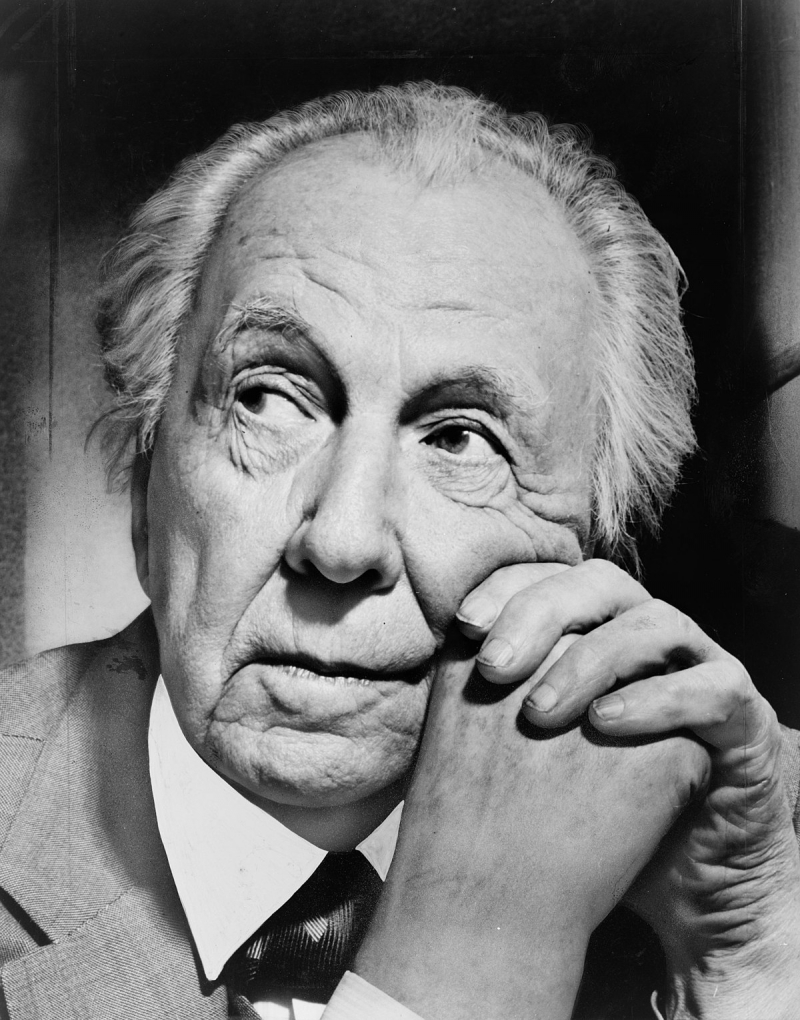Frank Lloyd Wright
Frank Lloyd Wright was an American architect, designer, author, and educator who lived from June 8, 1867, until April 9, 1959. Over the course of his 70-year creative career, he created more than 1,000 structures. Wright was a significant contributor to the twentieth-century architectural trends, inspiring thousands of apprentices through his Taliesin Fellowship and through his works. Wright adhered to an aesthetic he dubbed "organic architecture," which he described as harmonious design with both people and the environment. Fallingwater (1935), dubbed "the best all-time achievement of American architecture," served as an example of this idea.
Wright devised the idea of the Usonian dwelling in Broadacre City, which was his vision for American urban planning, and was a pioneer of what became known as the Prairie School movement of architecture. He also created unique and avant-garde buildings for businesses, including hotels, churches, schools, and skyscrapers. These structures included interior components created by Wright. He was a well-known lecturer in both Europe and the United States and the author of numerous books and papers.
Wright, a native of Wisconsin, revolutionized 20th-century architecture, and his upbringing in the Midwest had a significant impact on the development of his sensibilities. In response to the dominant Victorian design, which stressed gloomy decor and numerous ornamentation both inside and out, Wright developed the Prairie House style, which was inspired by the low-lying buildings that dot the American plains. Wright substituted clean geometries with a focus on horizontal planes. Falling Water, his most well-known structure, has stacked rectangular balconies that appear to float above the built-in waterfall. Wright adopted curvilinear features later in his career, a change that was most famously reflected in the Solomon R. Guggenheim Museum.
Date of birth: June 8, 1867
Accomplishments: Fallingwater, the Guggenheim Museum, and Unity Temple

















